What popular dog breeds looked like before and after 100 years of breeding
Many well-known breeds have changed a lot physically in the last century, thanks to humans
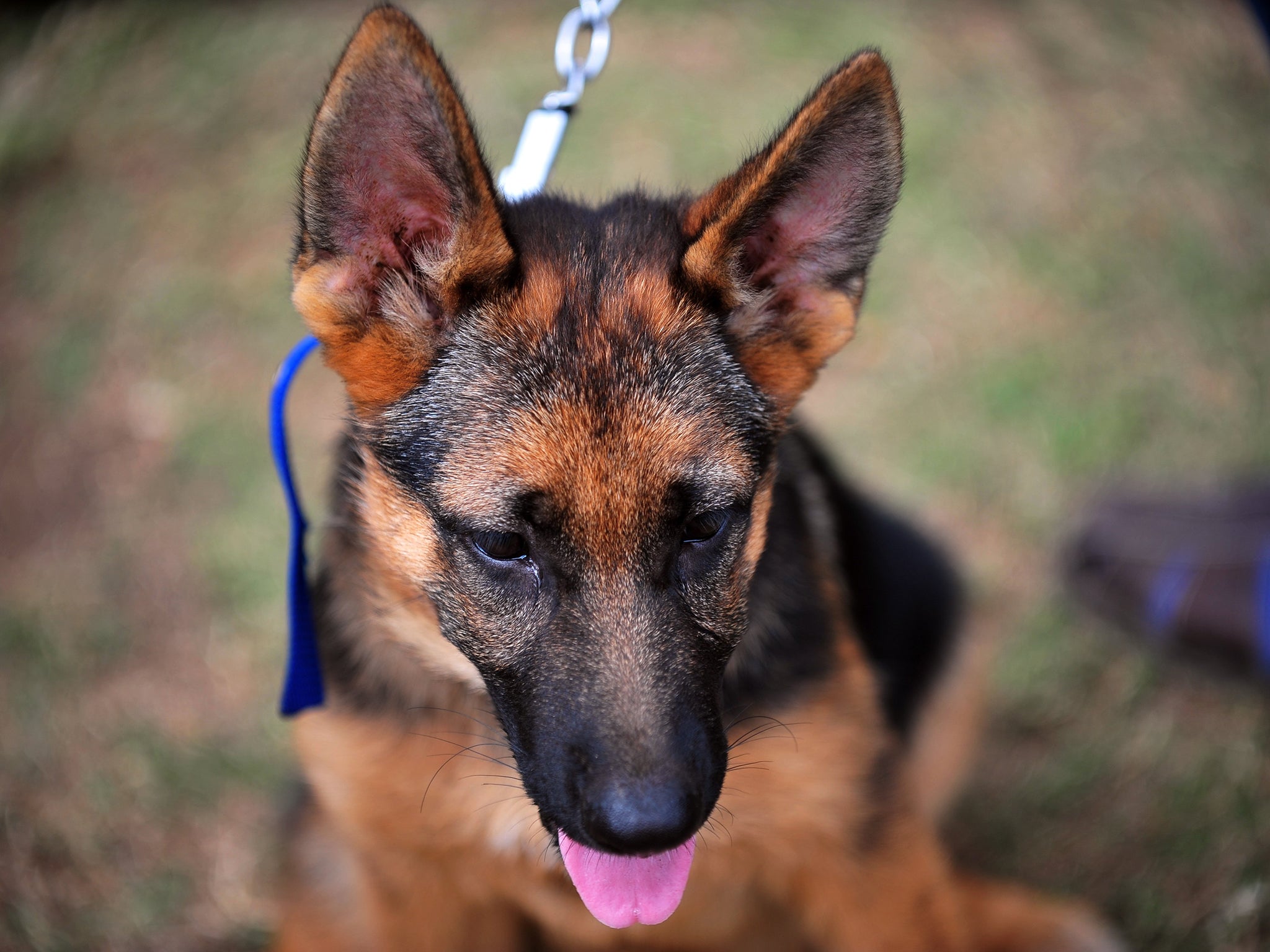
Your support helps us to tell the story
From reproductive rights to climate change to Big Tech, The Independent is on the ground when the story is developing. Whether it's investigating the financials of Elon Musk's pro-Trump PAC or producing our latest documentary, 'The A Word', which shines a light on the American women fighting for reproductive rights, we know how important it is to parse out the facts from the messaging.
At such a critical moment in US history, we need reporters on the ground. Your donation allows us to keep sending journalists to speak to both sides of the story.
The Independent is trusted by Americans across the entire political spectrum. And unlike many other quality news outlets, we choose not to lock Americans out of our reporting and analysis with paywalls. We believe quality journalism should be available to everyone, paid for by those who can afford it.
Your support makes all the difference.Dogs have been our furry companions for thousands of years, but they didn't always look the way they do today.
Many well-known breeds have changed a lot physically in the last century, thanks to humans.
By identifying specific traits — such as size, coat color, and demeanor — and allowing only those animals to mate, we've created at least 167 different "breeds," or groups of dogs with unique physical and mental characteristics. Still, they're all part of the same species.
The Science of Dogs blog put together a side-by-side comparison of several popular breeds from the 1915 book "Dogs of All Nations" by Walter Esplin Mason, showing what they look like today.
Here are some of the dogs from that list, plus a couple more we found ourselves:
Bull terrier then
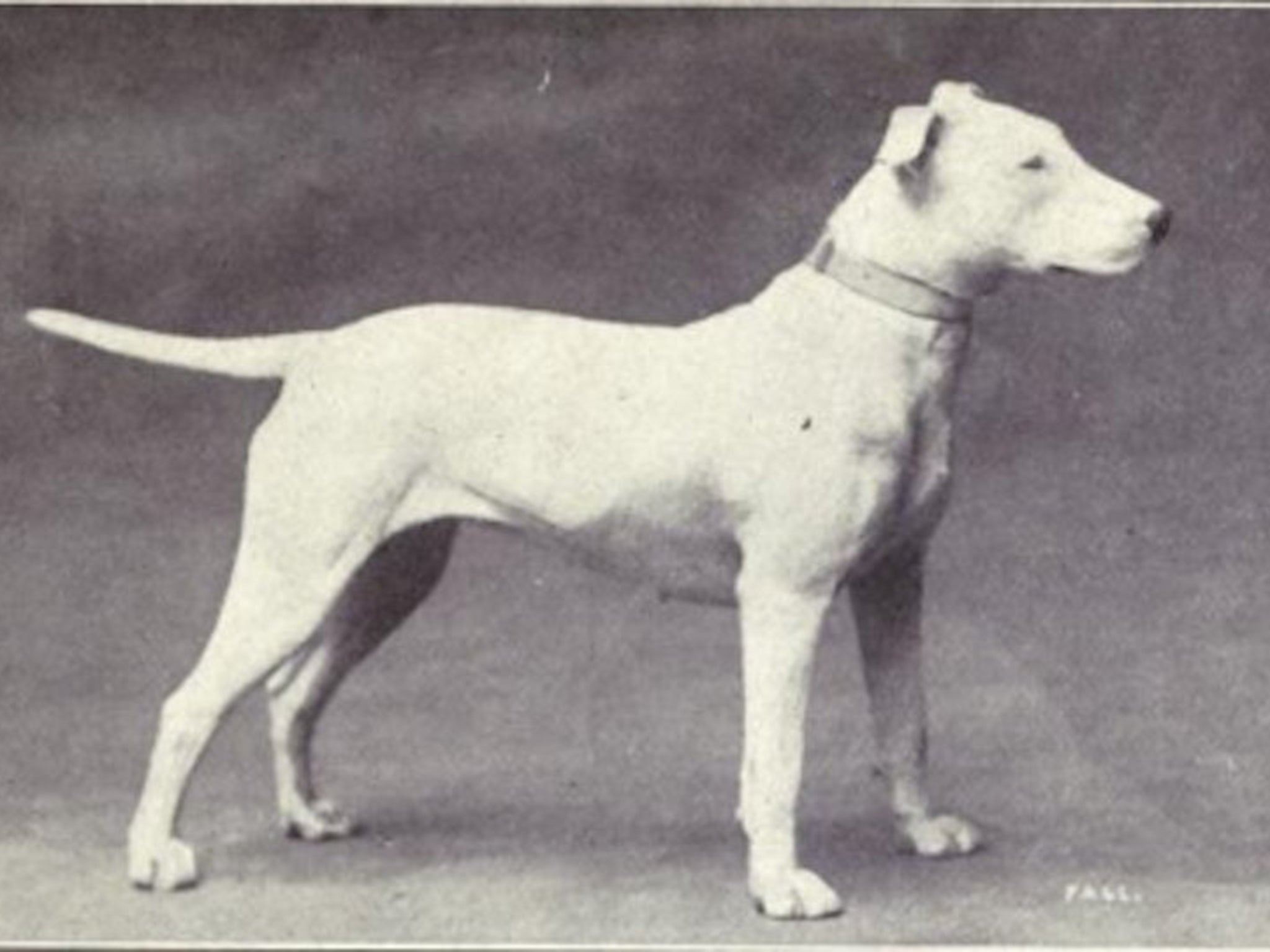
The bull terrier was first recognized as a breed by the American Kennel Club (AKC) in 1885. In 1915, it appears to have been a fit, good-looking dog, with a well-proportioned head and slim torso. "Dogs of All Nations" called it "the embodiment of agility, grace, elegance and determination," and the "gladiator of the canine race."
Bull terrier now
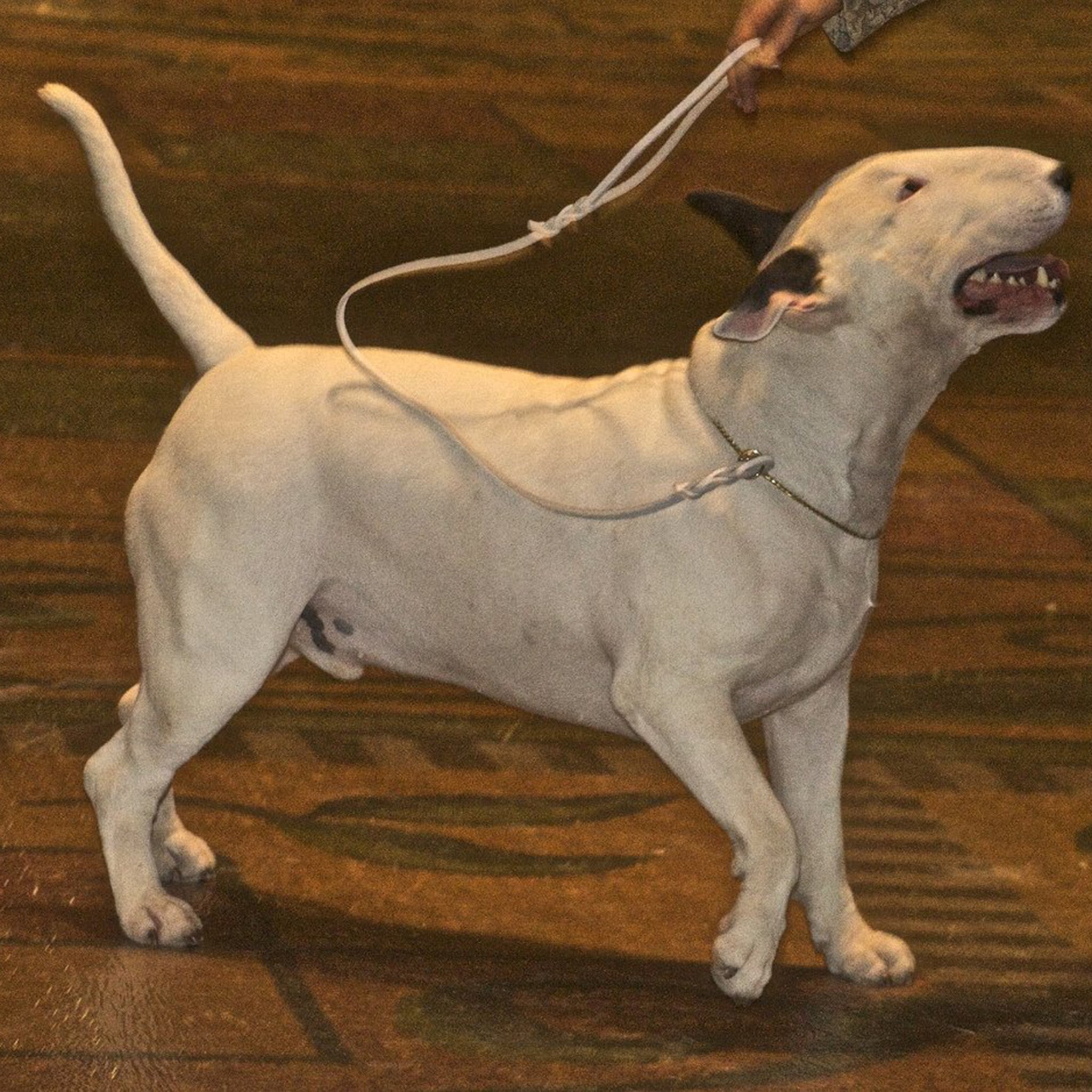
But today, bull terriers are bred to have a football-shaped head and a thick, squat body — a far cry from the lean and handsome dog of 1915.
The AKC now states that the dog's face "should be oval in outline and be filled completely up giving the impression of fullness with a surface devoid of hollows or indentations, i.e., egg shaped." According to Science of Dogs, it also developed extra teeth and a habit of chasing its tail.
English bulldog then
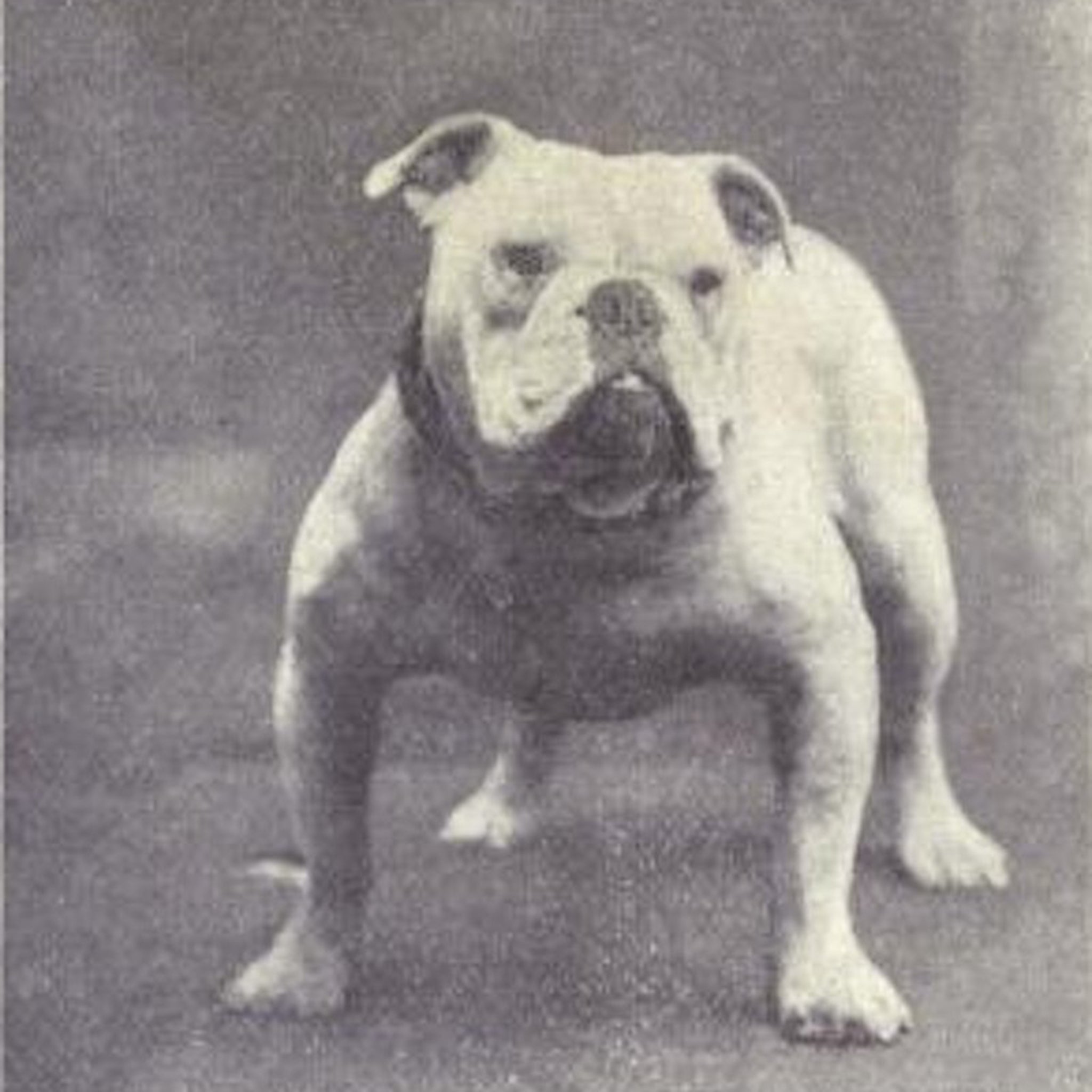
Few dogs have been as artificially shaped by breeding as the English bulldog. In the UK, the dogs were used for bull-baiting — a blood sport where dogs were used to bait and attack bulls — until it became illegal in 1835. In 1915, the bulldog already had some of the characteristic features we see today, like saggy jowls and a squat stance.
English bulldog now
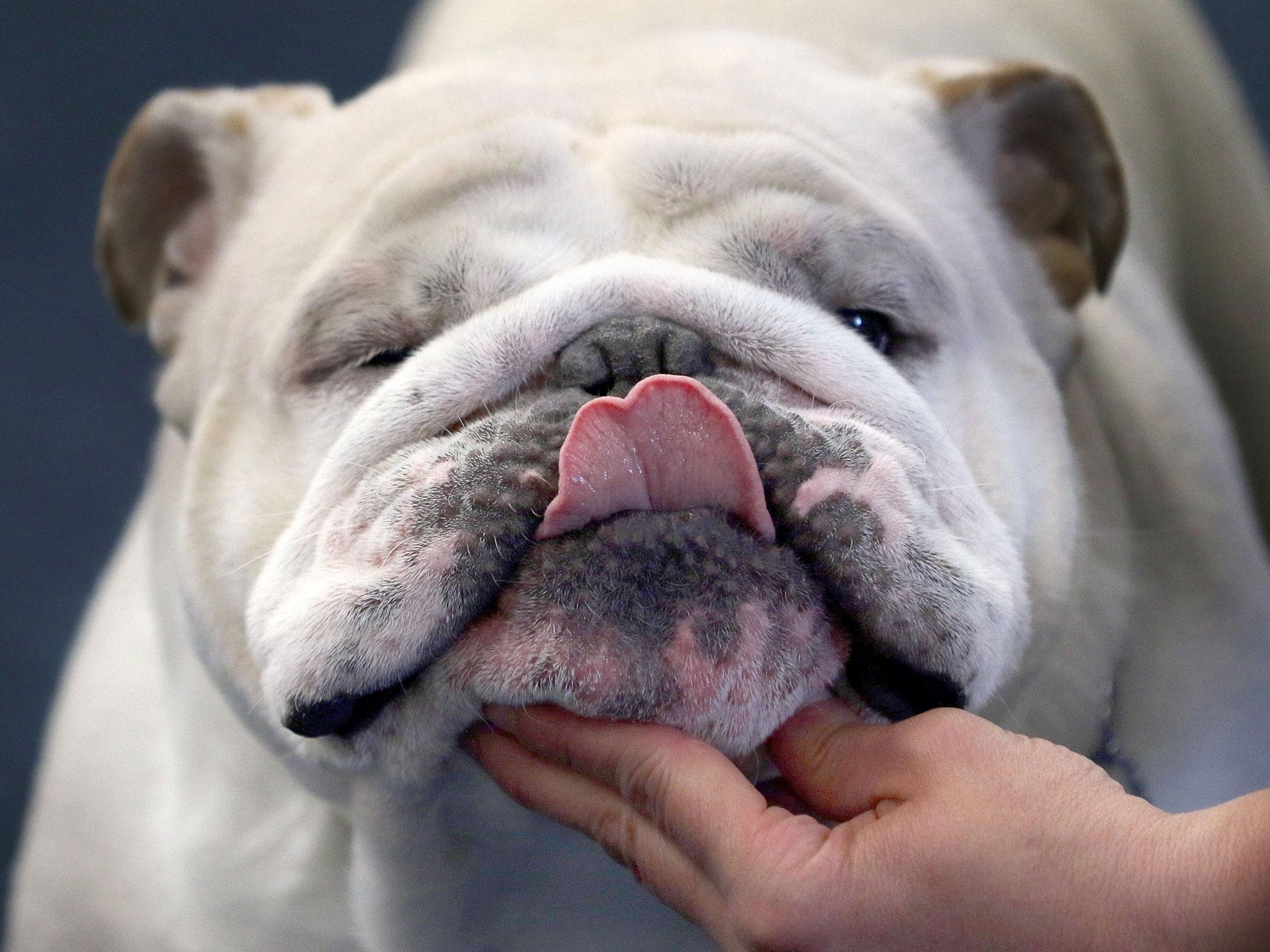
Today, breeders have bred the bulldog to have more pronounced facial wrinkles, and an even thicker and squatter body. The AKC describes the ideal dog as having a "heavy, thick-set, low-swung body, massive short-faced head, wide shoulders and sturdy limbs." Sadly, bulldogs suffer from a number of health issues, such as breathing problems and overheating.
German shepherd then

German shepherds have come to symbolize everything from loyalty and companionship to police brutality. The AKC first recognized is as a breed in 1908. In 1915, "Dogs of All Nations" described it as a "medium sized dog" weighing just 55 pounds, with a "deep chest, straight back and strong loins."
German shepherd now
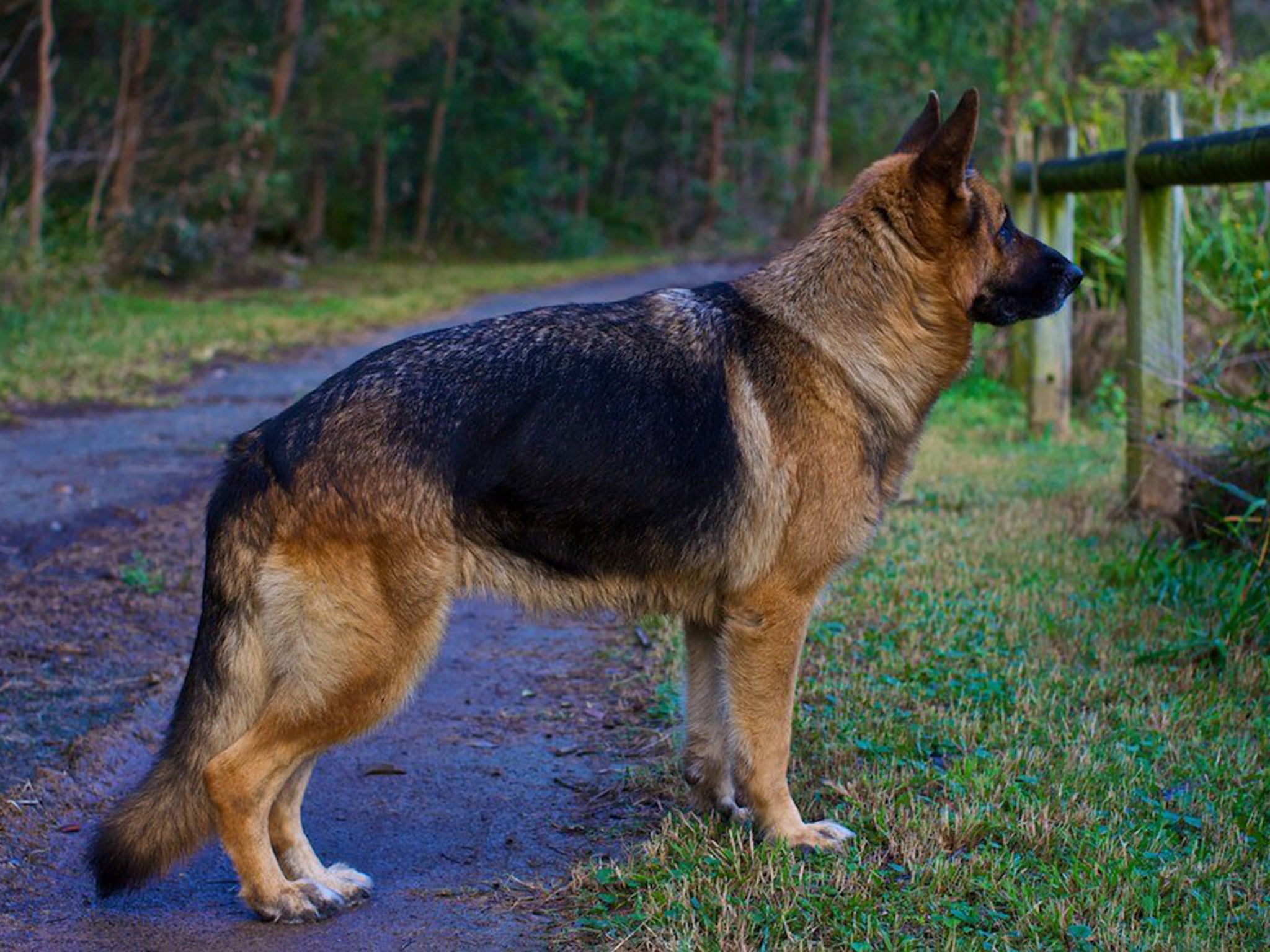
But today's German shepherds are bred to be considerably larger — 75 to 95 pounds — with a more sloping back. The AKC describes the ideal specimen as "a strong, agile, well muscled animal, alert and full of life."
But they are also prone to health problems, such as hip dysplasia, where the leg bones don't fit properly into the hip socket, and bloat, a condition in which the stomach can expand with air and twist, which can sometimes be fatal.
Airedale terrier then
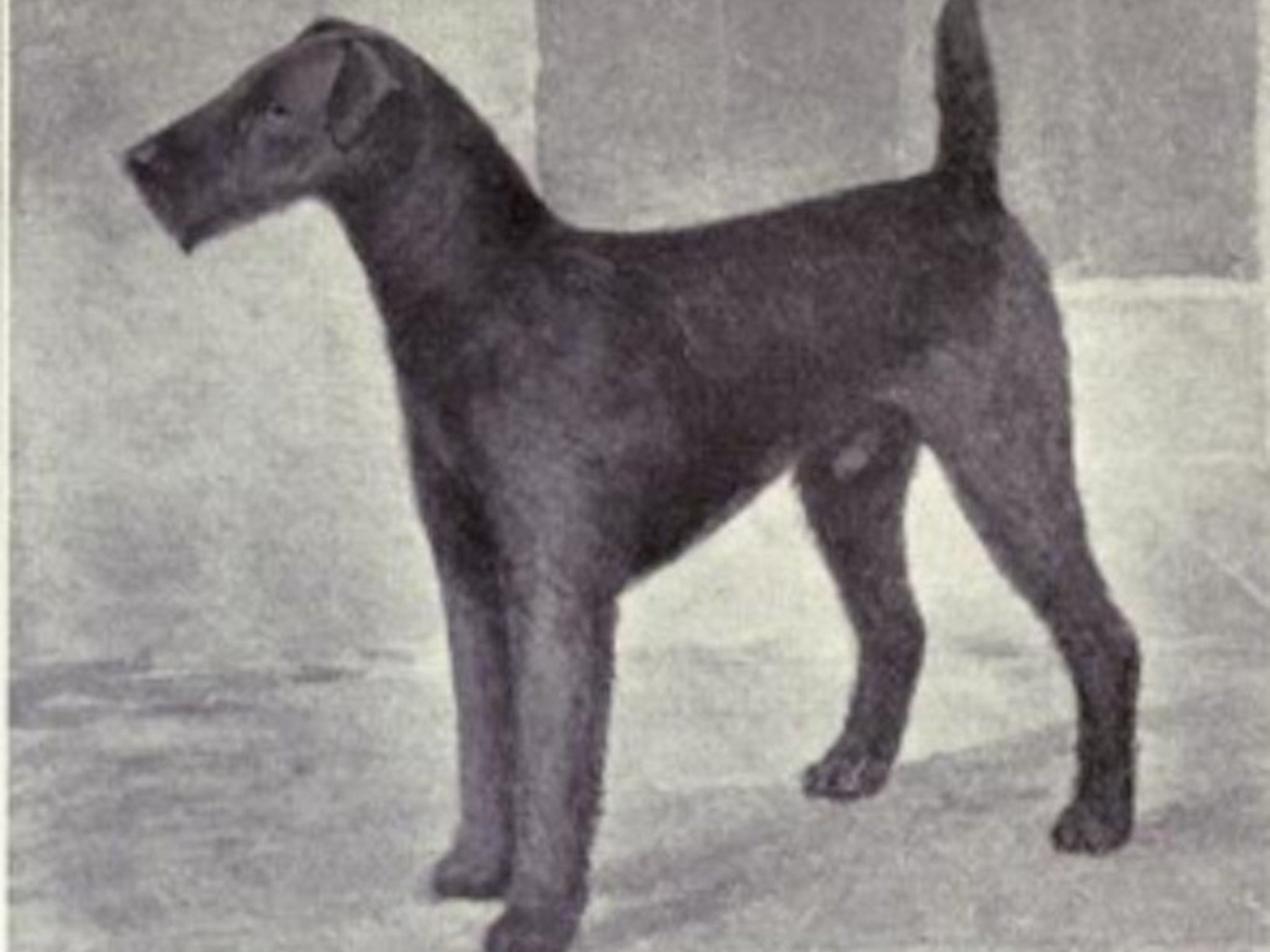
Though you can't tell from this photo, "Dogs of All Nations" described the coloring of the
Airedale's head and ears as a rich tan, as well as the legs up to the thighs and elbows. And the dog's coat was "hard and wiry," but not long enough to be "ragged."
Airedale terrier now
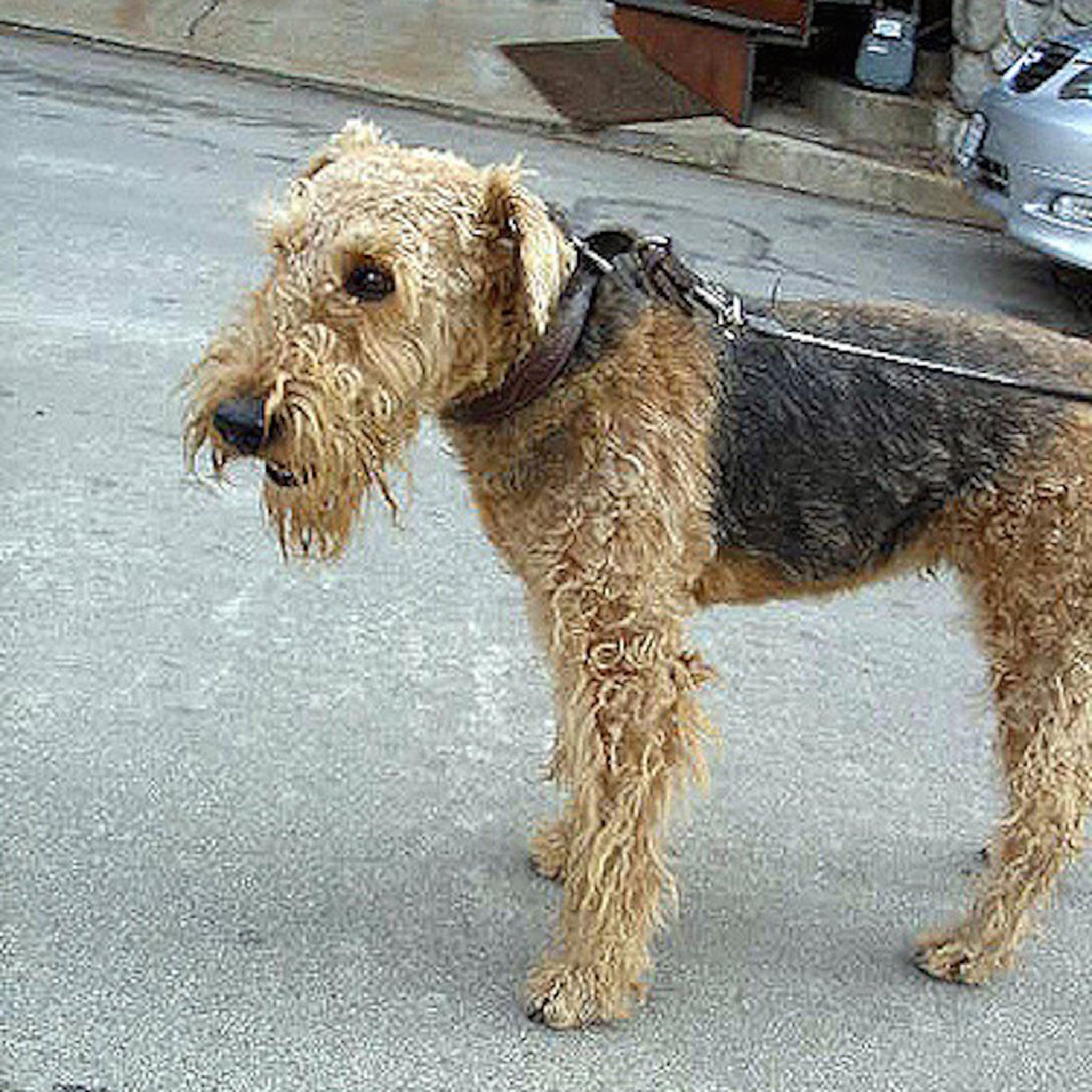
Today, the color appears not to have changed much, but the fur of modern Airedales definitely looks longer and more "ragged" than it was in 1915 — though why breeders value that now, we can't say. Airedales are considered the largest of all terriers, and are sporting and playful.
Shetland sheepdog then
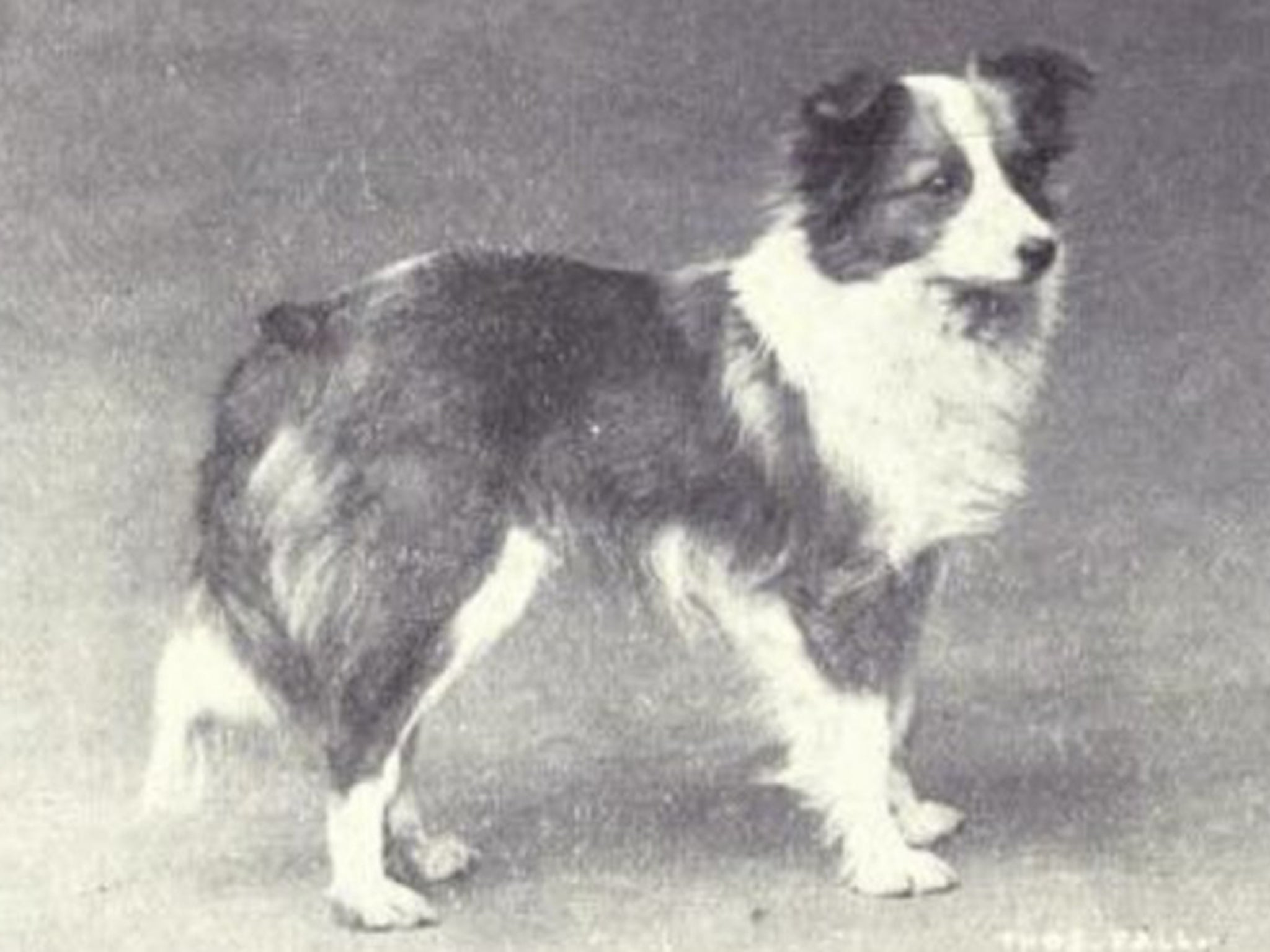
The Shetland sheepdog, or Sheltie, wasn't recognized by the American Kennel Club until 1911, just four years before the book this image is from was published. At that time, the book reported that it weighed just 7 to 10 pounds and appeared to have medium-length fur.
Shetland sheepdog now
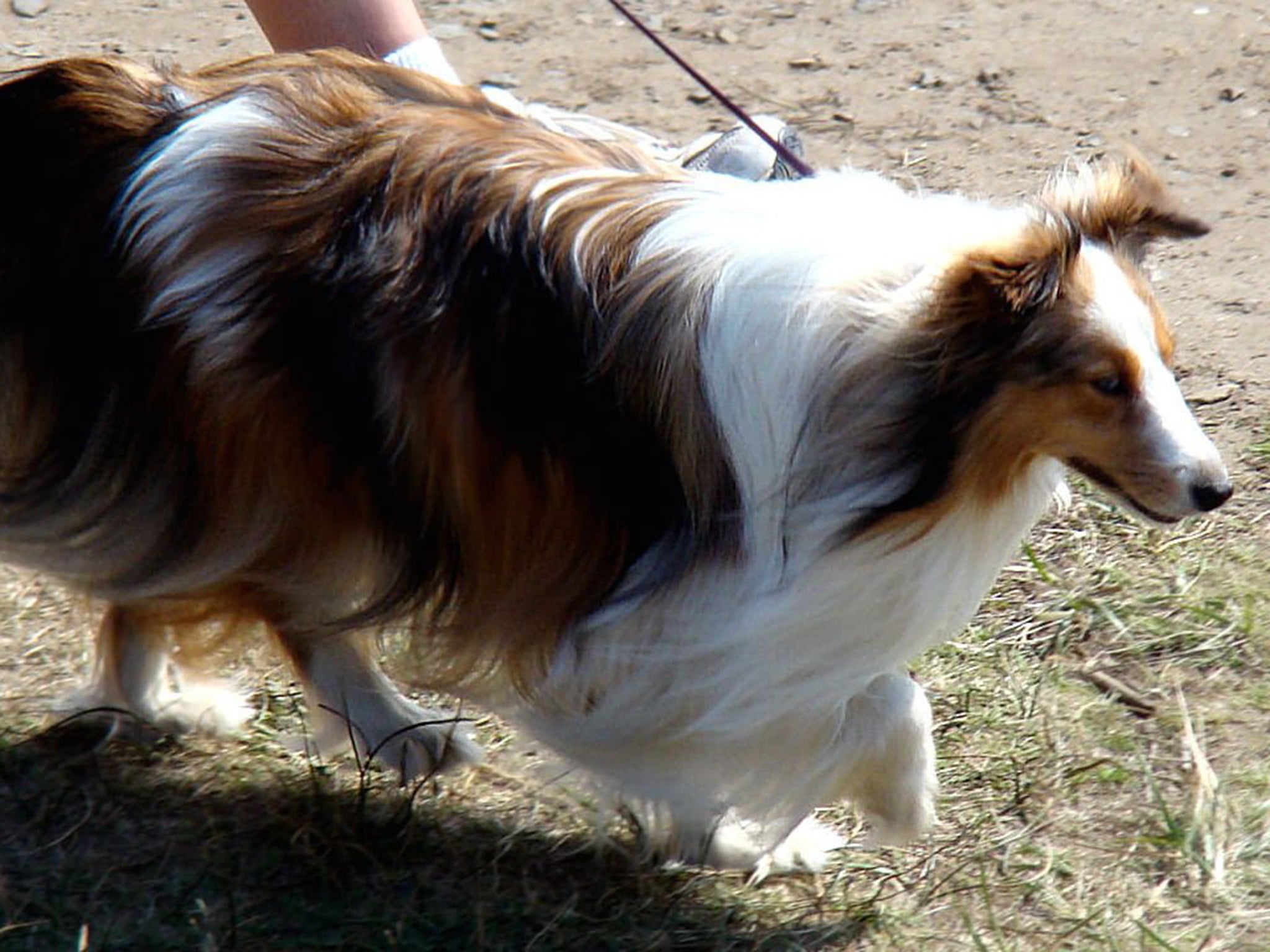
Today, the dogs have been bred to be larger, weighing at least 20 pounds, though still sleight. And their fur has become unmistakably longer than in 1915. The AKC now describes them as "small, alert, rough-coated, long-haired working" dogs. They are also very intelligent, and good at herding.
Read more:
• The 100 coolest people in UK tech
• Tech companies respond to Apple's war with the FBI
• Google close to being able to translate entire internet
Read the original article on Business Insider UK. © 2015. Follow Business Insider UK on Twitter.
Join our commenting forum
Join thought-provoking conversations, follow other Independent readers and see their replies
Comments